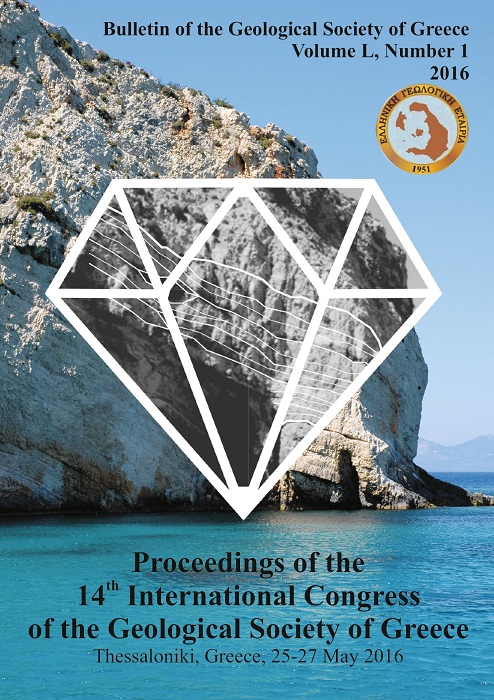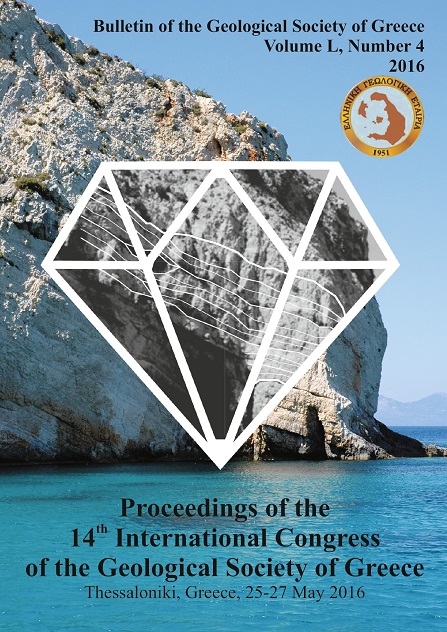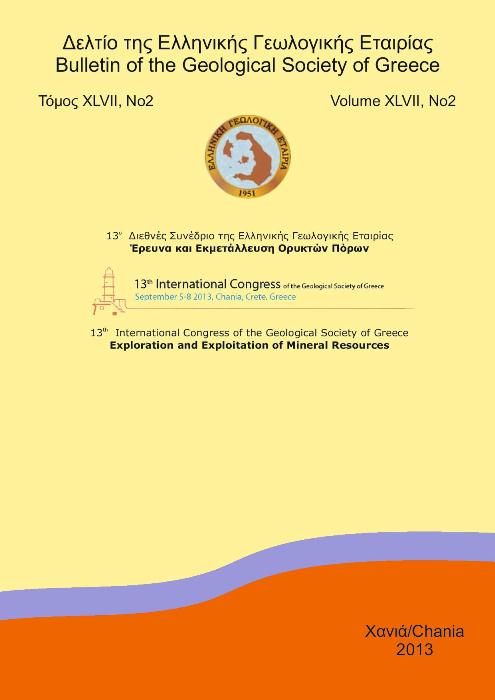ENVIRONMENTAL GEOCHEMISTRY AND SUSTAINABLE DEVELOPMENT: CASE STUDIES FROM GREECE

Περίληψη
Η συμβολή της περιβαλλοντικής γεωχημείας στη βιώσιμη ανάπτυξη αναλύεται μέσω της παρουσίασης μελετών περιπτώσεων από τον ελλαδικό χώρο. Κεντρικός στόχος είναι να δειχθεί ο αντίκτυπος της γεωχημείας σε ποικίλους κοινωνικοοικονομικούς τομείς όπως η βιώσιμη εκμετάλλευση των φυσικών πόρων, η αξιολόγηση των περιβαλλοντικών προβλημάτων σε αστικές περιοχές και η βιώσιμη αποκατάσταση ρυπασμένων εδαφών. Δίνονται παραδείγματα ολοκληρωμένων και σε εξέλιξη ερευνητικών έργων τα οποία περιλαμβάνουν μία προκαταρκτική έρευνα γεωχημικού υποβάθρου πριν την έναρξη των μεταλλευτικών εργασιών στις Σκουριές Χαλκιδικής, την εκτίμηση του γεωχημικού πλαισίου στην περιοχή σερπεντινικών εδαφών της Αταλάντης, την εδαφογεωχημική διασκόπηση του Λεκανοπεδίου Αθηνών και τη χρήση φυσικών ορυκτών στην αποκατάσταση ρυπασμένων εδαφών. Το άρθρο καταλήγει με την παρουσίαση των ευκαιριών αλλά και των εμποδίων με τα οποία έρχεται αντιμέτωπη η ανάπτυξη της περιβαλλοντικής γεωχημείας υπό τις συνθήκες της παρούσας οικονομικής κρίσης στην Ελλάδα.
Λεπτομέρειες άρθρου
- Πώς να δημιουργήσετε Αναφορές
-
Argyraki, A. (2016). ENVIRONMENTAL GEOCHEMISTRY AND SUSTAINABLE DEVELOPMENT: CASE STUDIES FROM GREECE. Δελτίο της Ελληνικής Γεωλογικής Εταιρείας, 50(1), 191–200. https://doi.org/10.12681/bgsg.11719
- Ενότητα
- Διδακτική των Γεωεπιστημών

Αυτή η εργασία είναι αδειοδοτημένη υπό το CC Αναφορά Δημιουργού – Μη Εμπορική Χρήση 4.0.
Οι συγγραφείς θα πρέπει να είναι σύμφωνοι με τα παρακάτω: Οι συγγραφείς των άρθρων που δημοσιεύονται στο περιοδικό διατηρούν τα δικαιώματα πνευματικής ιδιοκτησίας επί των άρθρων τους, δίνοντας στο περιοδικό το δικαίωμα της πρώτης δημοσίευσης. Άρθρα που δημοσιεύονται στο περιοδικό διατίθενται με άδεια Creative Commons 4.0 Non Commercial και σύμφωνα με την οποία μπορούν να χρησιμοποιούνται ελεύθερα, με αναφορά στο/στη συγγραφέα και στην πρώτη δημοσίευση για μη κερδοσκοπικούς σκοπούς. Οι συγγραφείς μπορούν να: Μοιραστούν — αντιγράψουν και αναδιανέμουν το υλικό με κάθε μέσο και τρόπο, Προσαρμόσουν — αναμείξουν, τροποποιήσουν και δημιουργήσουν πάνω στο υλικό.





